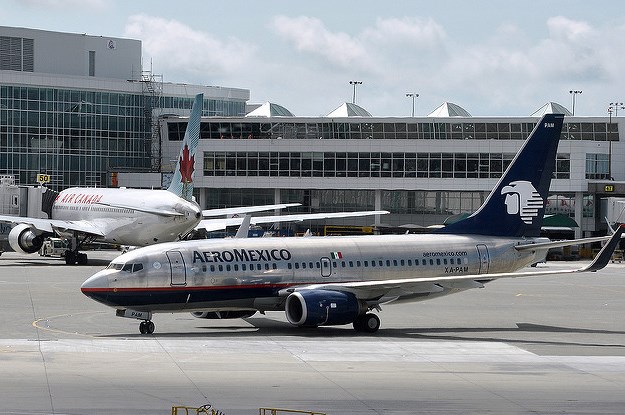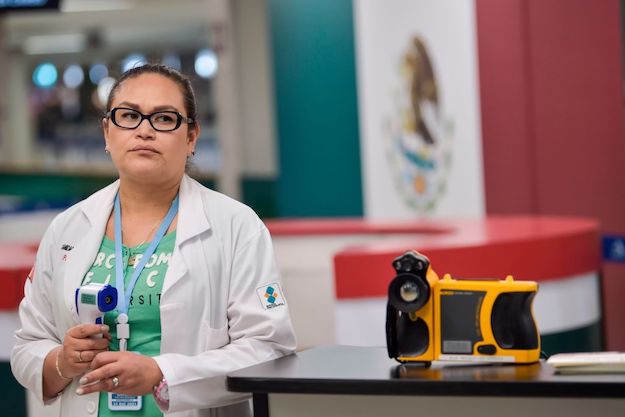Mexico City is stuck. Already overcrowded and sinking, the Mexican capital was named earlier this year as the most traffic-congested city in the world. This dubious distinction isn’t surprising, considering that the number of registered cars in the metro area almost doubled from 2005 to 2013. Smog has gotten so bad that authorities implemented a temporary policy banning privately-owned cars from the streets one day a week.
But a solution to the city’s eternal traffic jam – at least a partial one – may be on the horizon.
If Mexico City’s new international airport opens as planned in 2020, the old airport, which currently lies just three miles from the city’s bustling downtown, will be shuttered. An area over twice the size of New York’s Central Park would suddenly be open for development.
Such opportunities don’t come often for the world’s megacities, where prime real estate is scarce and there is little space for big urban projects.
“This change has the potential to transform the future of the whole country, both in the urban and the democratic spheres,” said Salomón Chertorivski, Mexico City’s Secretary of Economic Development. The development of the space previously occupied by the airport will create “the biggest urban change in Mexico City in the 21st century,” Chertorivski told AQ.
Many of the proposals for what to do with the space would indeed help ease traffic in the city. A government-supported urban densification plan encompassing a park, housing, commercial spaces and expanded public transport, for example, could improve the city’s connectivity and minimize congestion by decreasing commuting distances, making cycling and walking more viable, and reducing dependence on cars.
In contrast to the new airport, which will lie outside the city limits, the current airport is located near the center of Mexico City with easy access to its four major freeway corridors. Making efficient use of the space could ease traffic flows in three directions.
But there is no guarantee that such a change will take place, and debate over what will become of the more than 1750 acres that will be vacated is just getting started. One forum for debate is with Mexico City’s citizenry itself. City leaders have engaged the public in a participative process called Opinión de la Ciudad (The City’s Opinion), the aim of which is to involve citizens – already skeptical of the airport development project – in determining what to do with the space.
“It would be irresponsible to repeat the same old story of improvising and building big projects in a rush without conducting a big public discussion,” said Chertorivski, who hopes to “set an open, democratic and transparent precedent about the way in which urban spaces are transformed.”
In March, Mexico City´s government delivered the first document of its Opinión de la Ciudad series, which outlines the outcome of the first public participation process. Proposals from citizens as well as urbanization experts so far have ranged from the design of a green lung for the city to an educational complex, housing or even a convention center.
But any such transformation will not be easy or fast. The decision over what to do with the airport land is one on which many levels of government converge; the terrain belongs to the federal government so collaboration will be crucial, according to Chertorivski. Furthermore, the project is estimated to be completed years from now – under different administrations both in the city and at the federal level – and continued growth in population and traffic will add to the pressure for solutions in the meantime.
Nevertheless, the benefits of incorporating traffic alleviation into planned development in the new space are clear. Daily trips in and out of the city now number 4.2 million. According to the Mexican Institute for Competitiveness, an NGO, if the average commute time in Mexico City was reduced to the same level as that of New York City (38 minutes), citizens and companies could generate between 655 million and 1.9 billion extra dollars (between 11.5 and 33 billion pesos) per year.
That’s big money for a city that already comprises approximately 17 percent of the Mexico’s economy. The debate over what to do with the space now occupied by the airport will be loud and contentious, but it is one that the region’s other megacities would love to have.
—
Landa is a public policy programs associate for the Americas Society/Council of the Americas. Follow her on Twitter @mclanda.








